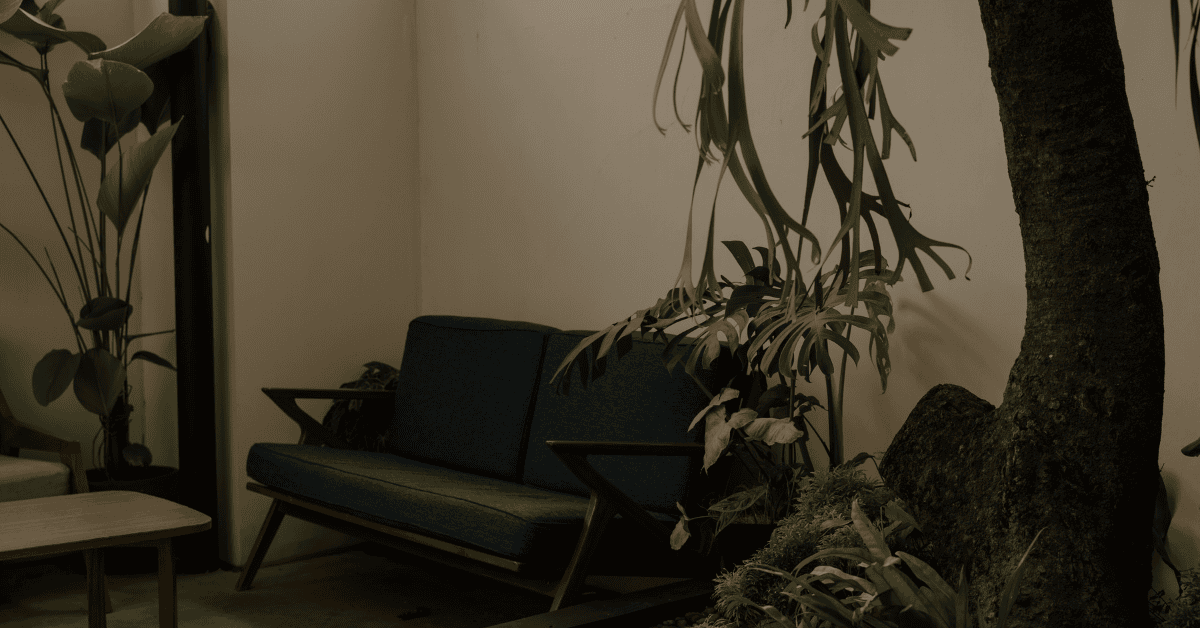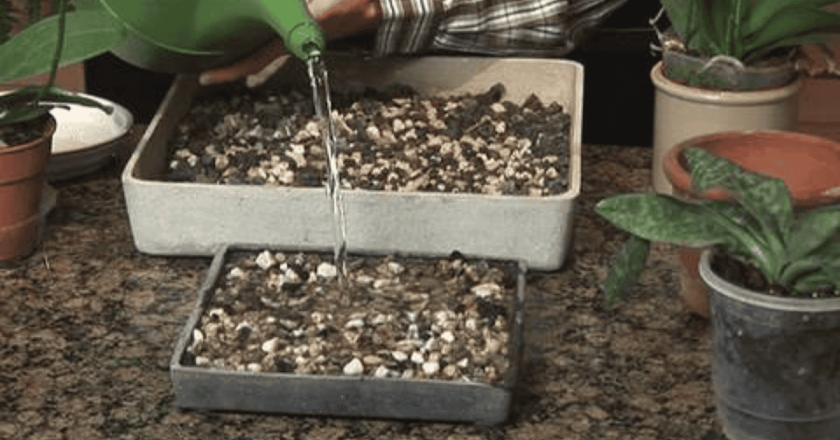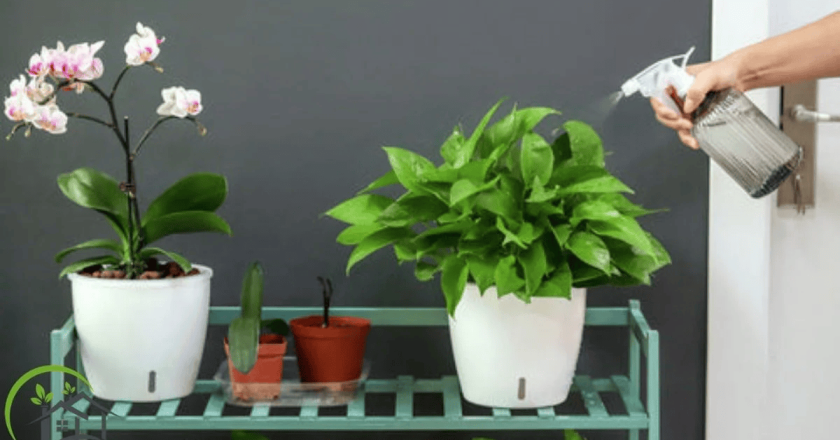Most of us, when we think of houseplants, picture leafy greens—deep emerald Monstera leaves, the glossy dark fronds of a Peace Lily, or the sculptural upright blades of a Snake Plant. And yes, that’s a beautiful look on its own. Green feels calming, grounding. But sometimes, especially indoors, where the palette of walls and furniture leans neutral, we start craving something else. A little drama. A touch of vibrancy.
That’s where Colorful Foliage plants step in. Not just flowers that bloom for a season and disappear, but leaves—permanent, lasting, sometimes downright shocking in their shades. Pinks, purples, fiery reds, stripes that look painted on with a brush. Plants that make you stop and say, “Wait, that’s real?”
The funny thing is, I used to avoid them. I thought they’d be difficult, too high-maintenance. Turns out, many of them are as easy as any green-leaf houseplant once you know a few tricks. Let’s walk through some of the most striking Colorful Foliage indoor plants, and how you can keep them thriving.
Why Choose Colorful Foliage Instead of Just Flowers?
Flowers are great—don’t get me wrong. But the problem with relying on blooms indoors is that they’re temporary. You wait for buds, they open, look spectacular for maybe two weeks, and then… gone. Back to green.
Foliage, on the other hand, is constant. Those pink veins or purple undersides don’t disappear when the season changes. It’s almost like having a living piece of abstract art in the room.
And, practically speaking, foliage plants are usually less finicky. They’re not channeling energy into flowering, which means they settle into a steady rhythm of growth. If you’ve ever struggled with getting a Peace Lily to bloom (I know I have—it can be moody; though here’s a guide to keeping them happy), you’ll understand the relief of a plant that looks good year-round without much drama.
The Showstoppers: Top Colorful Foliage Plants
1. Calatheas – The Living Paintings
Sometimes called prayer plants, Calatheas are probably the first name that comes to mind when people talk about Colorful Foliage. Their leaves look hand-painted: lime green stripes, burgundy undersides, even pink feather-like patterns.
Now, I’ll be honest: they’re a bit dramatic when it comes to care. They like humidity, dislike hard water, and they’ll sulk if they’re too dry. But when they’re happy, nothing beats them. I had a Calathea Orbifolia once, and I swear it looked like someone had painted silver circles across its leaves.
Tip: If you’ve already got plants in the bathroom, like any from this list of bathroom-friendly greenery, a Calathea will feel right at home there.
2. Croton – A Riot of Color
If you want bold, almost tropical drama, Croton is the plant. Orange, red, yellow, even purple, all splashed together on thick, waxy leaves. It’s not subtle. But maybe that’s exactly what makes it irresistible.
The catch? They like light—plenty of it. Put one in a dark corner and it’ll drop leaves faster than you can sweep them up. But with enough sun, they hold onto their wild, Colorful Foliage all year round.
3. Tradescantia (Wandering Jew) – Purples and Silvers
This plant is underrated. Its leaves shimmer with purple, silver, and green stripes, and it grows fast. You can trail it down from a hanging basket or let it crawl across a shelf.
One of mine once stretched several feet in a single summer. I almost couldn’t keep up with trimming it. Low fuss, vibrant color—it’s the kind of plant that makes you wonder why everyone doesn’t have one.
4. Coleus – The Painter’s Palette
Coleus might be more familiar as an outdoor plant, but indoors, with enough light, it becomes a stunner. Neon pink centers, velvety burgundy, lime green fringes. Sometimes all on the same leaf.
It’s a plant you can experiment with. Pinch it back to encourage bushier growth. Try different varieties together for a mix-and-match of Colorful Foliage. It does best in bright light but will forgive you if it’s not perfect.
5. Polka Dot Plant – Speckled Fun
This one’s playful. Green leaves splattered with pink, white, or red dots. Almost cartoonish. Kids love it because it looks like confetti.
It’s not the longest-lived plant—often treated as an annual—but if you pinch it back regularly, it can last longer indoors. And honestly, even if it only sticks around a year, the cheerful Colorful Foliage makes it worth it.
6. Stromanthe Triostar – Pink and Cream Drama
Imagine a leaf with cream streaks, deep green, and a wash of pink that almost glows when light hits it. That’s the Stromanthe Triostar.
It’s related to Calathea and Maranta, so yes, it’s a little picky about humidity. But give it what it wants, and you’ll have one of the most Instagram-worthy plants you’ve ever owned.
7. Nerve Plant (Fittonia) – Tiny but Vibrant
Small leaves with neon-colored veins—bright pink, red, or white. Fittonia is the kind of plant that adds detail when grouped with bigger, leafy plants.
It’s a little dramatic when thirsty; it wilts like it’s fainted. The first time I saw mine flop, I thought it had died. A quick drink of water, though, and it perked right back up within hours. Almost like a built-in reminder for you not to forget watering.
Creating Balance: Mixing Green and Color
Here’s a small truth: too much color can actually feel overwhelming indoors. If every single plant is a Croton or Coleus, it might look like a carnival instead of a calm home.
That’s why I like to pair Colorful Foliage plants with classic green ones. A deep green Snake Plant, for instance, sets the stage for a pink Polka Dot plant to pop. If you need tips, there’s a solid Snake Plant care guide here.
Or think about the Peace Lily—its glossy green leaves provide a clean backdrop so a variegated Calathea can shine.
It’s almost like curating art on your walls. Some pieces are bold, some are subtle. Together, they work.
Care Tips for Colorful Foliage Plants
Here’s the thing: when you see vibrant colors in leaves, it usually means the plant evolved in brighter light. That doesn’t mean full sun, but it does mean more than a dark corner.
-
Light: Most thrive in bright, indirect light. Too little, and colors fade. Too much, and leaves scorch.
-
Water: Consistency matters. Colorful plants often show stress faster than plain green ones.
-
Humidity: Plants like Calathea, Stromanthe, and Fittonia love extra moisture in the air. Bathrooms can work—see this guide to bathroom plants.
-
Soil & Feeding: A well-draining mix with occasional fertilizer keeps the pigments strong.
It’s not complicated once you notice patterns. Green foliage tends to be tough and tolerant, while Colorful Foliage plants just ask for a little more attention.
Big, Bold, and Colorful
If you’ve got the space, oversized plants with colorful leaves make a real statement. Something like a large Croton can be the centerpiece of a room. For ideas, check out this list of oversized indoor plants.
Not everything has to be dainty or fit on a desk. Sometimes, one dramatic plant in the corner pulls the whole space together.
The Low-Maintenance Side
I don’t want to give the impression that every colorful plant is a diva. Some aren’t. Coleus and Tradescantia, for example, are surprisingly forgiving. And if you’re just starting out, you could even mix in low-maintenance options like these so you don’t feel overwhelmed.
It’s a bit like designing a garden—you want a mix of show-offs and dependable background players.
Plants That Double as Symbols
One thing I love about plants is the meaning we attach to them. For instance, a Money Tree is considered lucky and brings prosperity (see this care guide). It may not be as brightly colored as a Croton, but pairing symbolic plants with Colorful Foliage ones creates a mix of energy—beauty and meaning together.
Even a Christmas Cactus, which you can learn about here, has its own charm when it bursts into bloom during the holidays.
Office and Workspaces
I’ve noticed Colorful Foliage really comes alive in workspaces. When everything is neutral—grey desks, white walls, black chairs—a splash of pink-veined Fittonia or purple Tradescantia can break the monotony.
For more on office-friendly plants, there’s a great roundup here. Some are green, of course, but sprinkling in just one or two with striking foliage changes the entire mood.
Outdoor Inspiration for Indoors
Sometimes I look at outdoor gardens and wish I could bring that lush, colorful feel inside. The truth is, many outdoor plants don’t transition well. But a few, like Coleus, adapt just fine.
If you like this idea, check out low-maintenance outdoor plants—some can inspire indoor arrangements too. It’s a way of blurring the boundary between garden and living room.
Key Takeaways
-
Beyond Green – Indoor plants with colorful foliage add variety with shades of red, purple, yellow, and variegated patterns.
-
Light Matters – Bright, indirect light is essential to keep leaves vibrant and prevent dulling.
-
Care Routine – Balanced watering and occasional fertilization help maintain healthy, striking colors.
-
Pet Safety – Not all colorful foliage plants are pet-friendly—always check before buying.
-
Home Aesthetics – These plants don’t just purify air, they also create a bold, decorative statement indoors.
Final Thoughts
Living with plants is partly about care, yes, but also about atmosphere. Green plants soothe us, but Colorful Foliage excites us. It catches the eye, shifts the mood, and gives the room energy.
You don’t need to fill your home with every variety. Start with one or two that speak to you. Maybe a Croton by the window, a Polka Dot plant on your desk. See how it feels.
I’ve found that once you invite even a single colorful plant into your space, it’s hard to go back to just green. They remind you that nature isn’t limited to shades of forest and jade—it has a whole palette, and it’s willing to share it with us indoors.
✅ FAQs
1. What are colorful foliage indoor plants?
Colorful foliage plants are indoor plants with leaves that feature striking colors like red, purple, yellow, or variegated patterns beyond green.
2. Do colorful foliage plants need more light than green plants?
Yes, most colorful foliage plants need bright, indirect light to maintain their vibrant colors.
3. Are colorful foliage plants safe for pets?
Some are safe, but others can be toxic to cats or dogs. Always check the plant’s safety before bringing it home.
4. How do I keep the colors of my foliage plants bright?
Provide proper lighting, avoid overwatering, and occasionally use balanced fertilizer to boost growth and maintain vivid hues.
5. Can colorful foliage plants survive in low-light apartments?
A few varieties can adapt, but most thrive best with medium to bright indirect light for long-lasting color.




